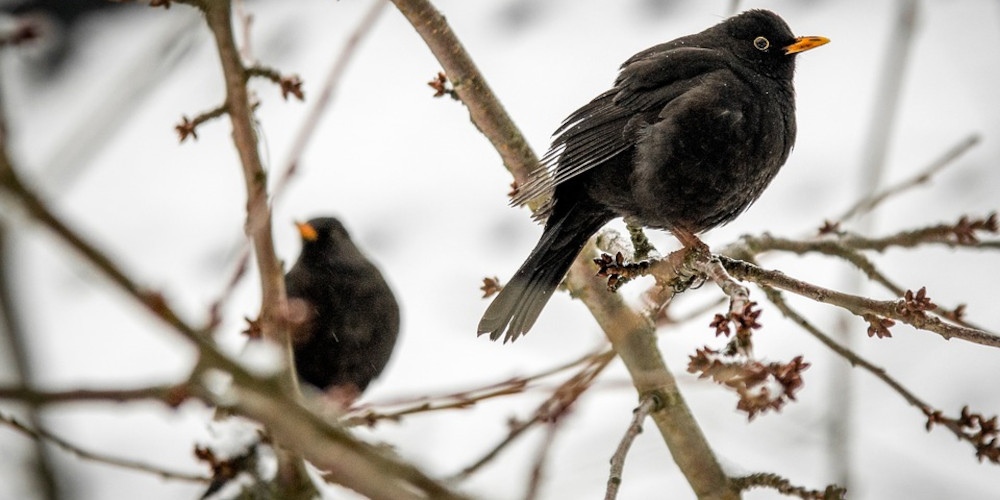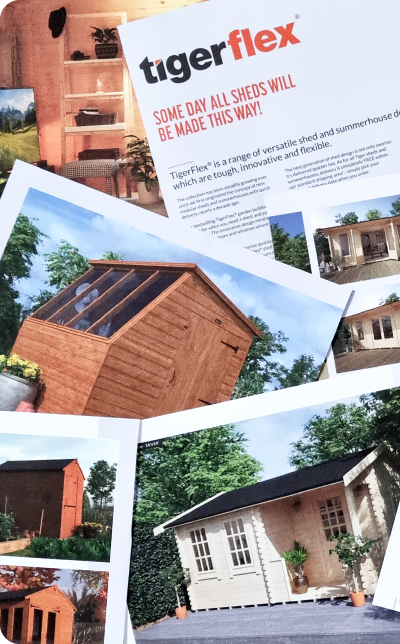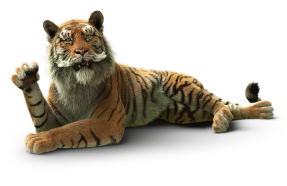Winter Care for Garden Birds
Published: 14/10/2010

Find out some tips on Winter Care for Garden Birds.
Winter months can provide difficult times for many insects and wildlife that visit our gardens, food can be particularly hard to come by as the cold and frost starts to bed in. These gloomy conditions are particularly harmful to many species of birds; the outcome of these conditions can be fatal. Recent studies have shown that birds can use up to 10% of their body fat during a cold winter’s night, meaning that an early morning scurry for food left out on the lawn to be essential to their survival, unless able to feed well every day to replenish lost body fat, a long drawn out cold spell can be disastrous for our feathered friends.
What to feed Food should be put out on a daily basis to give birds the best possible chance of survival. - - Feed twice daily; first thing in the morning and early in the afternoon this is when the birds will crave food the most. - - Introduce hanging feeders to hold various seed mixes such as; peanuts, sunflower seeds, and nyjer seeds. - - Utilise a bird table for bread, scraps, cheese, and pastry. - - Ensure a fresh water supply is available - - Bird cakes and fat balls – very good because they provide high fat content, giving birds the energy they need.
Where to place a bird table in your garden First of all it is essential to place the bird table away from fences or large hedges where cats can easily get to. The table should be placed near a small bush towards the rear of the garden, this will allow the birds to be undisturbed and give them avid space to lookout for other birds on the lookout for food. If possible bird tables should be placed as high as possible to avoid cats and other wildlife climbing onto it, to further avoid the risk of other wildlife attacks, prickly bushes should be placed around the bottom of the table. Plant wildlife-friendly vegetation, such as prickly bushes and thick climbers in the garden to provide secure cover for birds. These should be close enough to where birds feed to provide cover, but not so close that cats can use it to stalk birds. This kind of planting may also provide food and nesting sites.
The Need for Water Like all living things, birds need a regular supply of water to survive. A bird bath mounted on a plinth, a ceramic water dish, or hanging water dishes are some of the most common uses to hold water for birds. It is also important that the edges of each of the equipment are slightly sloping with rough sides to help them grip on.












